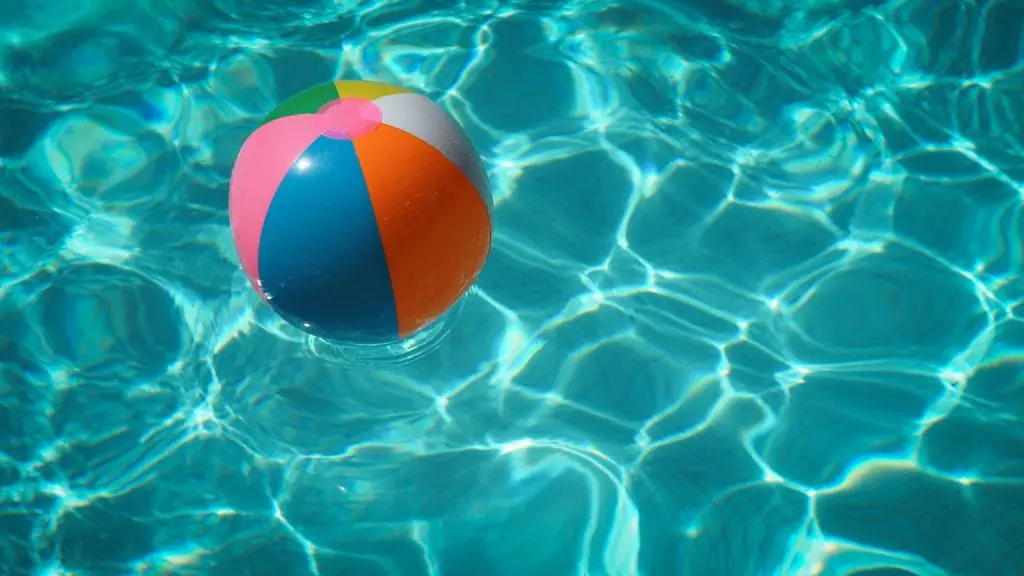
An ideal summer typically involves spending time in a
sparkling swimming pool. The luxury of a private pool does come with some
responsibility but keeping your pool crystal clear doesn’t have to be as
burdensome as you might think.
While all pools are different, basic pool maintenance is the
same. The most important way to maintain a pool’s health is through routine
care. Without proper maintenance, your pool could fall victim to a variety of
unfortunate conditions. Green water and cracked pipes are not exactly appealing
features in a swimming pool, after all.
Below are 6 steps you can follow to ensure your new pool
remains in great condition for many summers to come:
1. Book Yearly Service Appointments Now
Before you start lounging poolside, book your yearly service
appointment to find any problems before you start using your pool. Leave it up
to the professionals to find and fix any issues with cracks, plumbing, filters,
heating systems, and any other complex features in your pool.
2. Maintain a Constant Water Level
The physical water level of a pool is very important. It’s
best to maintain a level that is halfway up the opening of the pool’s skimmer.
If the water is not at the ideal level, there are easy ways to fix it. If the
water is too low, simply add the water with your garden hose.
If the water level is too high, you use as a submergible
pump to drain the excess water. When the pool has reached the appropriate water
level, remember to re-check the chemicals, as the change in water level may
have thrown them off balance.
A good time to check your pool’s water level is when you
manually skim the water with a net to remove debris. Make sure the level does
not fall below the level of the pool’s skimmer. If the water level is lower
than the skimmer, it could also indicate that the pump is damaged.
3. Get Rid of Debris
Removing falling debris, like leaves and large pollen
clumps, is one of the easiest ways to keep your pool water sparkling blue. In
addition to looking better, keeping it clean in the pool significantly
increases the effectiveness of a pool’s circulation system and lowers the
amount of chlorine needed to keep the water clear.
Skimming the pool for debris is an easy procedure, takes
very little time out of your day, and only takes a low-cost, long-handled net
and skimmer basket. It is important to skim water regularly — preferably every
day. If debris builds up, it eventually sinks to the bottom of the pool, making
it harder to remove.
Consider trimming back nearby trees and bushes to reduce the
amount of leaves, pollen and blossoms that fall into the pool or purchase a
pool cover.
Scrubbing a pool is another way to reduce the amount of
debris build-up at the end of the pool. Scrubbing a pool can significantly help
to prevent the build-up of growths such as algae and calcium deposits.
For vinyl, fiberglass pool or tiles, use a softer scrub
brush. Harder brushes are better suited for pools made of plaster-lined
concrete. It’s best to scrub a pool at least once a week to prevent unwanted
build-up.
4. Vacuum and Filter the Pool
If manual skimming and scrubbing seems too tedious, you
other options to keep your pool clean. Vacuums and filters drastically reduce
the amount of debris and unsolicited growth in a pool.
If you use a vacuum, run the vacuum at least one a week for
about 30 minutes. Filters require less manual work and run constantly on its
own. Don’t forget to “backwash” a filter once a month to clean out the pipes
within the system.
5. Keep the Chemicals Balanced
Chemical levels are one of the most important aspects of
pool maintenance. Unbalanced water doesn’t just look bad, it can be hazardous,
causing skin and eye irritation. Test pool chemicals once a week with easy to
use testing kits. When all the chemicals in your pool are properly balanced,
the water should be crystal clear, have no scent and leave very little residue
on your skin.
6. Winterize Your Pool at the End of Each Season
At the end of swimming season, you need to get your pool
ready for cold weather and inactivity. Properly winterizing your pool can saves
time and money on repairs next swimming season. Finding out that your pool
cracked or became bacteria-ridden over the winter is a major bummer.
If you live in an area that doesn’t freeze during the winter
months:
- Lower the water level
- Remove all pool equipment and toys
- Balance the chemistry of the remaining water
- pH: 7.2 – 7.4
- Alkalinity: 80 – 120 ppm
- Calcium Hardness: 180 – 220 ppm
- Clean the pool
- Lubricate O-Rings
- Add winterizing algaecide
- Cover the pool
If you live in an area that does freeze over in the winter:
- Drain the pool, do not leave any water in the pool or in the pipes
- Clean the pool
- Lubricate O-Rings
- Cover the pool
As you lounge poolside this summer, don’t forget to think
about your pool maintenance schedule. Keeping your cool blue waters clean can
be easy by following these simple steps.

After graduating in 2016 from The University of Texas with a degree in English, Sanda Brown became a content writer for the BDX with a focus on website copy and content marketing.
At the BDX, Sanda helps write and edit articles on NewHomeSource.com, writes website copy for builders, and manages a team of freelancers that work on additional content needs.
